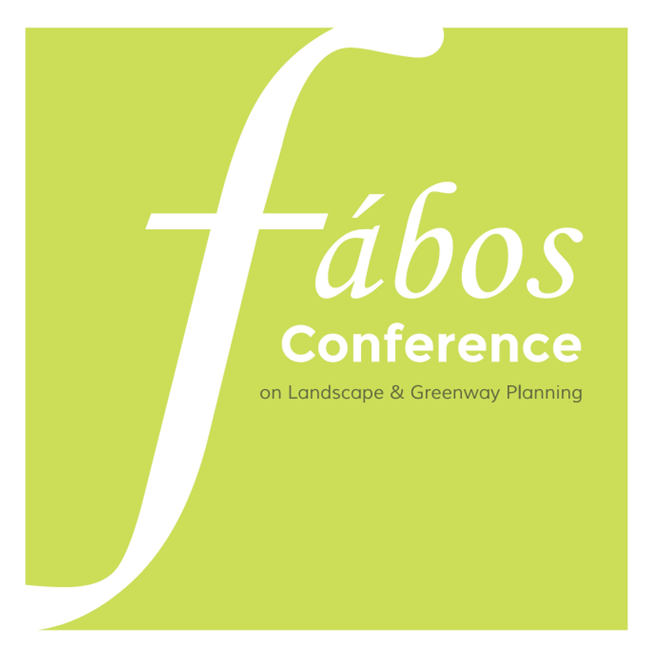Identifying Drivers of Increasing Tree Density in Urban Parks
Abstract
Urban trees have become a major topic in both professional and public discussion over the past decades. Tree planting programs are a popular tool for increasing urban green surfaces and they are often pushed by policymakers in large cities. In areas with limited tree cover, newly planted trees can increase the quality of life significantly. On the other hand, in the case of urban green areas with existing canopy cover, planting new trees is often unnecessary or even counterproductive, as it can negatively affect visual connections, spatial structure or the visibility of existing valuable trees. In many parks and other urban green areas, tree cover can be observed to increase significantly over time by spontaneous processes, which is an important aspect of urban green space planning. Current advances in modeling tree growth help predicting future changes in canopy cover, but not all possible factors are taken into consideration in available models.
In our research, we identified and analyzed factors behind the increasing tree density through the example of several urban green areas in Budapest, Hungary, using fieldwork, historical and current aerial and satellite images. The changing canopy size of individual trees was tracked through series of photographs, and each tree was identified and surveyed using on-field methods as well. We compared actual canopy increase with expected growth predicted by tree growth models. We concluded that certain drivers of tree density increase, such as the appearance of seedlings, are not included in such models, limiting their use in certain green area types. We also studied the changes the increased tree density causes to the spatial structure, diversity, maintenance and use of these parks and the resulting practical consequences. Our results show that in parks and green areas, tree density can increase spontaneously even without new trees being planted, which implies that a paradigm change is necessary in urban tree planting programs.
How to Cite:
Nádasy, L., Tóth, B. & Szabó, K., (2025) “Identifying Drivers of Increasing Tree Density in Urban Parks”, Fábos Conference on Landscape and Greenway Planning 8(1). doi: https://doi.org/10.7275/fabos.2447
285 Views
183 Downloads
